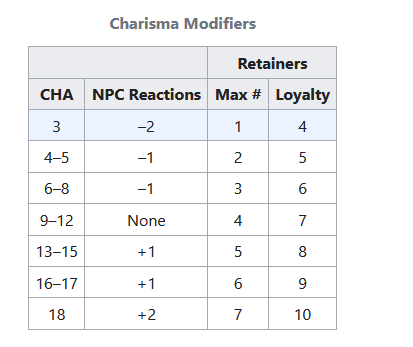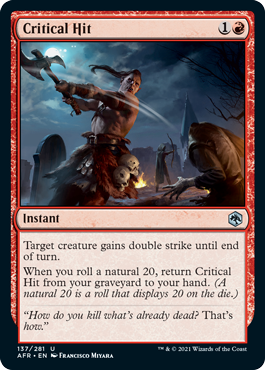However after my negative review of Fire & Blood, I thought I might add some positive notes. The series covers the second half of the blood, apparently.
Let's make this clear: this is nothing like season one of a Game of Thrones. The story is significantly less interesting. However, the worse aspects of the book are toned down: no lascivious dwarves and few gratuitous sex and violence scenes. Few scenes about taxes and building roads. No multiple narrators.
The pacing is a bit weird. The stakes are too high, too soon: a tournament ends up with multiple gruesome deaths, and later on two nobles fight on another in front of the heiress for little reason, and one ends up dead. It is like being virgin in an orgy (which also happens in the series too). It is too much in-fighting for a peaceful kingdom. The impact of violence and war later on is lessened because of that.
I've said about the book that "there are not many interesting characters to root for (or to hate; everyone is kinda dumb and evil)". Now, in the series, the characters are still weak, spoiled, scheming, violent, or have some other severe flaw. There is no Ned Stark on Jon Snow, and no one is witty and charismatic as Tyrion.
On the other hand, I admire the series for having no clear "good side". The show certainly seems to take a side (even "changing" some events from the book in favor of the "heroes"), but the "villains" are often misguided or have at the very least decent excuses for their actions ("we need a coup or they'll kill all your children", "that is what the king would want", etc.). And the "heroes" grow from their pettiness but never cease to be flawed. There is no easy answers here... which makes the show that more interesting. This time, it really feels like anyone could win.
The worldbuiling is good as always. GRRM knows this stuff. Which is why I like his other books, and will probably keep reading despite a few hiccups. The rest cast is good, the production is great, etc. The battles are decent, and there are plenty of dragons, but this season is a warm up for future strife - I feel there is a lot more violence and dragon-fighting coming. And these could be some of the coolest dragons ever seen on screen.
The show has a few flaws - confusing time jumps with unexplained events, some "tell don't show", a couple of very dark scenes, a few rushed events, etc., but overall it is really worth watching.
Ideas for your D&D games? You bet!
It is impressive that they managed to created such a great show after the debacle of the last seasons of GoT (and even managed to create some decent connections with the original series).
















